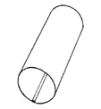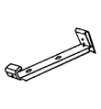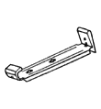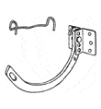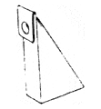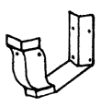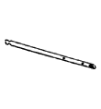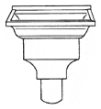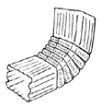Gutter Styles in Jacksonville, FL
Gutter Styles in Jacksonville, FL, and the Surrounding Area
K-style and half-round gutters represent two distinct design options for homeowners. Half-round gutters are particularly popular for specialty applications, largely due to their attractive appearance. Although both gutter styles can be made from any material, the cost difference in aluminum gutters often makes half-round gutters a more specialized choice in the Jacksonville, FL, area.
Many homeowners are unaware of the variety of options available when choosing a gutter system for their property. Both K-style and half-round gutters come in 5-inch and 6-inch sizes, and each style can be crafted as a radius gutter, which is designed to fit areas of the home with a semi-circular shape.

*Half-Round Seamless only available in some locations. Ask your Solutionist
Complete Our Form for Gutter Solutions
Fill out the form today to schedule your free estimate! Our specialists will help you explore all gutter options and design the perfect system for your home and location.
Types of Gutters
Types of Leaders
A leader, which is more commonly referred to as a downspout, is the component that connects to the gutter and channels water from the gutter down to the ground. Downspouts, or leaders, come in various sizes to accommodate the specific requirements of different homes.
Types of Hangers
A hanger is a component that holds the gutter in place and attaches it securely to the house. It functions by gripping the front edge of the gutter and snapping onto the back, ensuring the gutter stays firmly positioned. Today, most professionals use hangers that are fastened with a threaded screw, providing strong and reliable support for the gutter system.
Other Materials
If you’re interested in learning more about our gutter styles or want to schedule a free consultation to determine which gutter styles best suit your needs, please contact us today!




